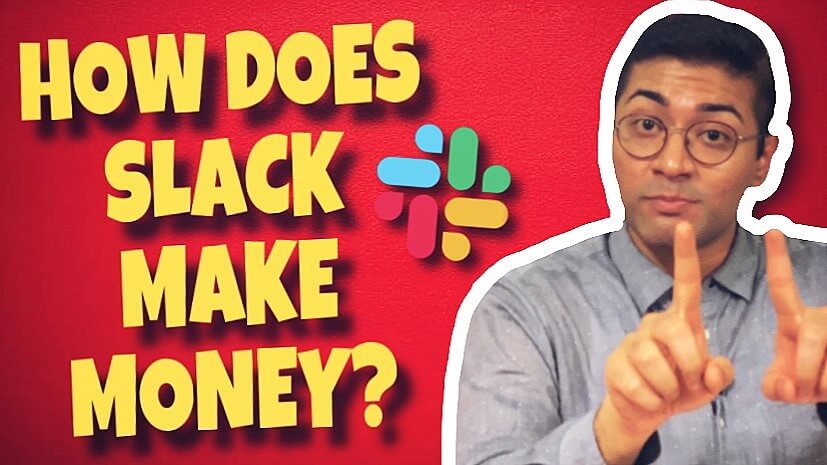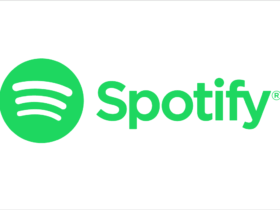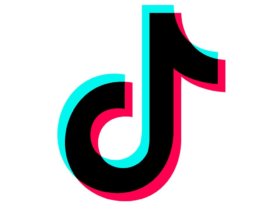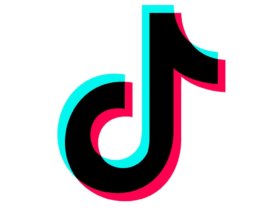https://www.youtube.com/watch?v=2ld3Zw2ML74
Let’s learn a bit about just how the multi-million dollar company Slack came to be:
Background
Slack was originally founded by Stewart Butterfield. The interesting thing about Butterfield is that he previously co-founded Flickr. Not only that, Flickr was originally an online game (Butterfield has always wanted to build MMORPGs) but when it didn’t take off, the team pivoted it into the image hosting site that it is today. Eventually, Flickr got sold to Yahoo where Butterfield had to work for a few years as part of the acquisition deal’s terms. Once he left Yahoo, Butterfield used his connections to raise ~$17m to try building his game a second time (What can I say? The man loves his games). He was so confident this time around and figured there was no way he would fail again…unfortunately, he was wrong yet again.
After ~1.5 years of this he realized his game wasn’t going to be successful and with $5m still in the bank he went to his investors to give them their money back. His investors were like, “Nah you are smart and have a really great team, so…try something new.” So, the team went back to the drawing board, and after debating and disagreeing on what to make, the one thing everyone agreed on was that no matter what they built they’d still like to use the internal tool they had created for themselves to communicate with one another.
That was the early, pre-product, internal version of Slack. It as a standalone tool was born at the end of 2012, and by May 2013 it was ready for customers, taking them roughly 6 months to produce into a workable, consumer-friendly version.
To get their first customers Stewart begged his friends that were founders or department heads at other companies to try their product out. They wanted companies that were larger than their team of 40 and they found 4-8 companies like Cozy and Rdio that met that criteria. Slack saw how bad the experience was for these larger companies and focused on building features to make it work for companies with around 100 employees. Honestly, Slack made a genius play by going after smaller teams within larger organizations because it allows them to see what’s important to these employees, then get them a Trojan horse way in. In the end, that bottoms-up approach was a key factor in Slack’s early enterprise success.
Continuing from that, their focus on the user’s experience and how they could improve was also a major driving force of their success. For example, they would slowly invite new teams to Slack, get feedback, make changes, rinse and repeat. They even built feedback into the product right from the beginning. Typing #feedback in the product would go directly to the founders and team. They realized that for anyone to use this, everyone had to use it and love using it so feedback became the key engine to learn what would make their user’s happy or satisfied.
They also focused on their onboarding flow and invested heavily in tutorials to reduce the chance of rejection or drop-off. Also, to supercharge growth, they found that if 2k messages were sent, that a company was 93% more likely to stay (this was one of my favorite findings). Basically, they were influenced by the approach of Paul Buccheit and focused on “doing a few things very well”
Slack in 2020
Since then, Slack has grown quite a bit. In 2020, it reached over $620m in revenue based on 110k paid users (primarily composed of companies). They have another 550k in free users. Even then, Slack still lost $568m in 2020 — losses went from around 33% of their revenue to 93% because they spent a lot of money trying to optimize their product for enterprises who have much different needs than small businesses. However, in Oct 2019 they had 12m daily active users, and by March 2020 they grew that to 12m concurrent active users – concurrent being users on Slack at the same time.
A few more interesting facts:
- Raised $1.4b before going public
- Amazon tried to buy them for $9b in 2017
- Current market cap is around $15b
Things to Consider
With that being said, just how does Slack make money? One thing: Paid subscriptions using a SaaS (Software as a Service) Model. Just how this works for them is further explained in my YouTube video, which is linked above.
Now, is there any way that Slack could become even more successful, and, ideally, not lose so much money in future years? Of course. One possibility is increasing revenues by going after small/medium businesses. For example, we at Reliable Bits currently don’t pay for Slack like the 550k free users. We’d pay if it was a third of what it costs right now though. Right now they are losing money on us. At least make me cover what I’m costing you. So if they could do like a pay-what-you-can or a lower tier…they could definitely capture a lot more revenue.
Thanks for reading,
Deepak Devjani







Leave a Reply